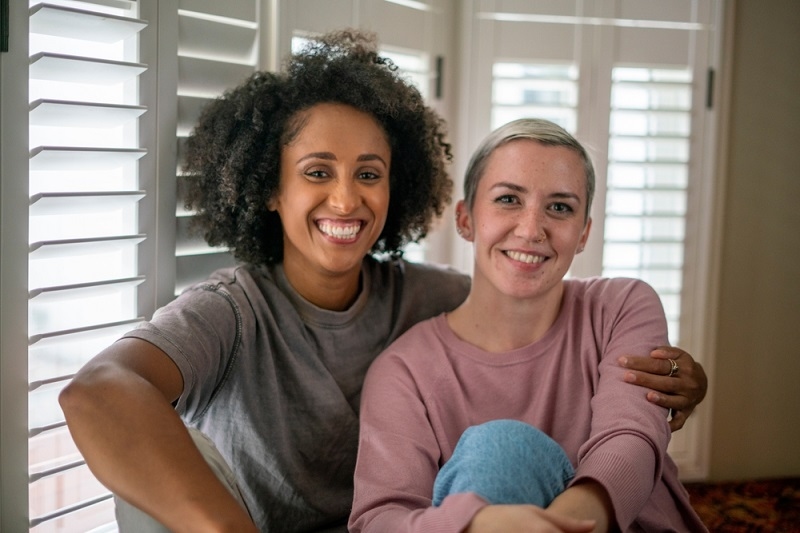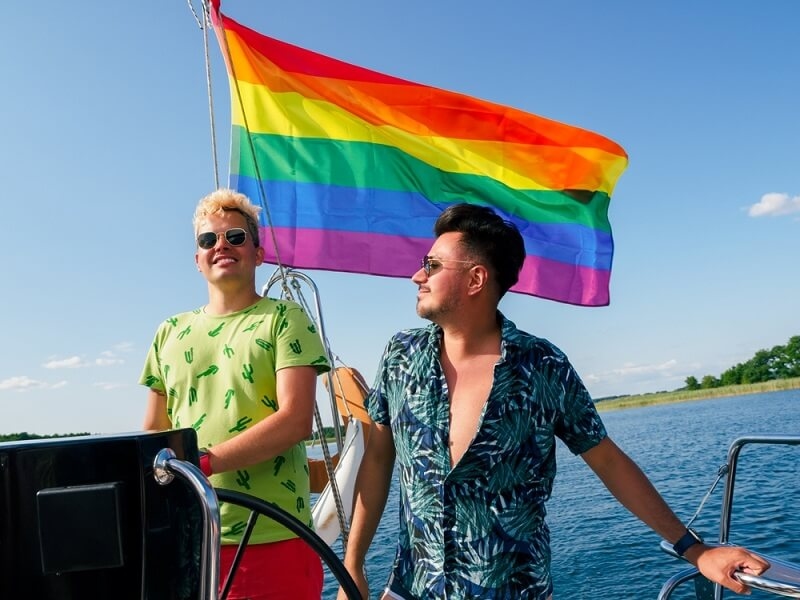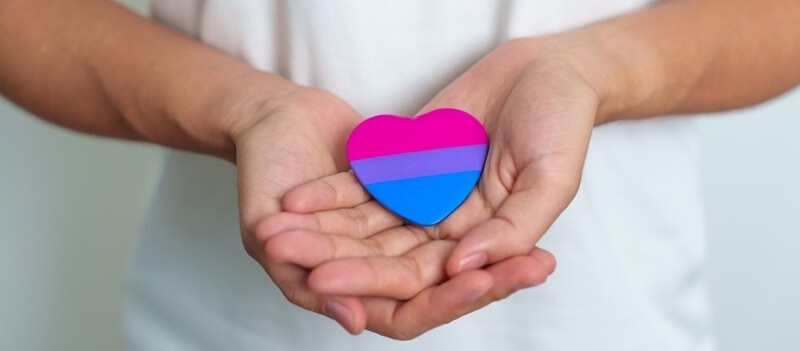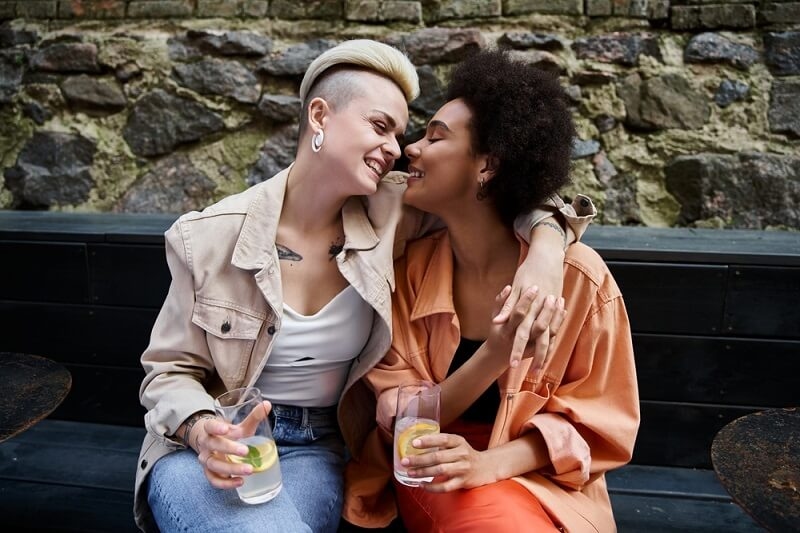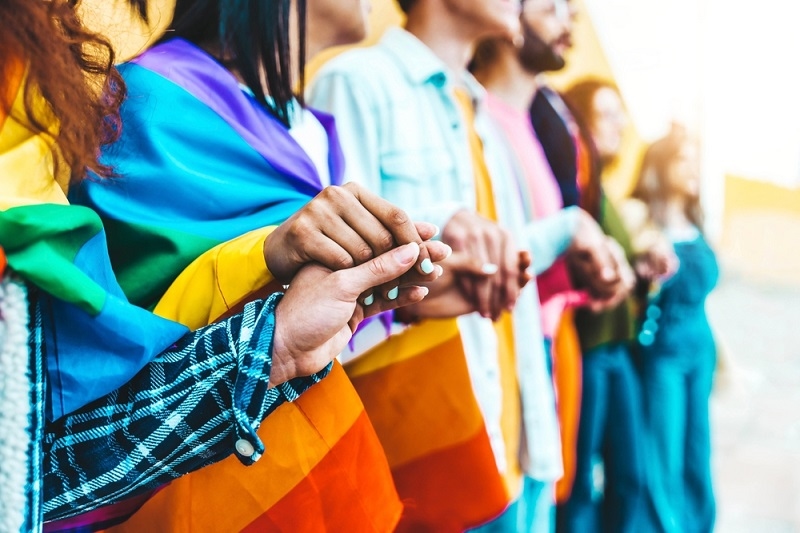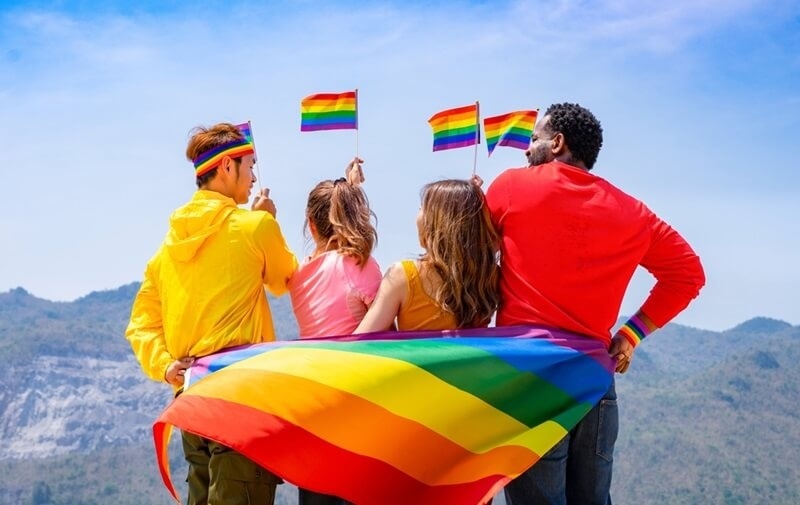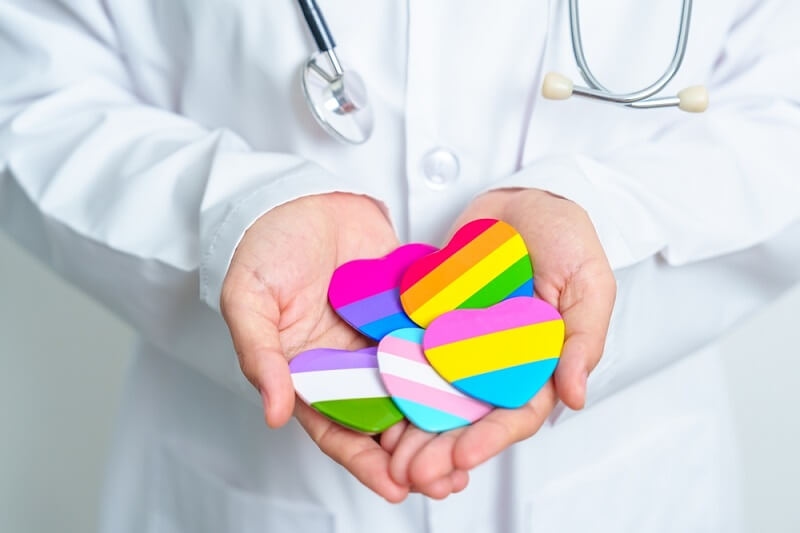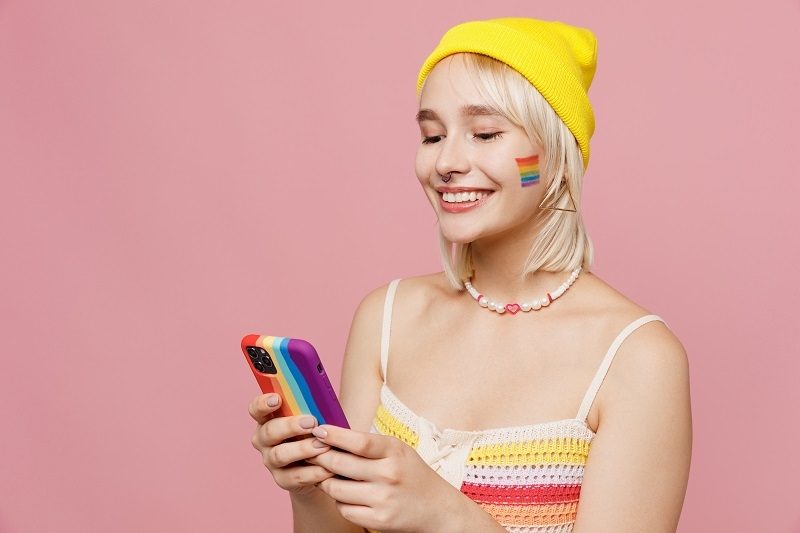How Media Representation Shapes Perceptions of LGBTQ+ 2025

Media, which is used by people worldwide in the forms of film, television, news, and social media, reflects how people understand and view their surroundings, even those communities of marginalization. This being the case, representation in the media for LGBTQ+ individuals would be able to either defy the stereotypes placed on them or exacerbate their negativity. Positive, authentic representations can inspire empathy, diminish stigma, and promote acceptance. Negative or tokenistic representations perpetuate prejudice and erasure.
In recent years, the media have increasingly portrayed the diversified experiences and identity of LGBTQ+, and there are more efforts aimed at increasing its visibility. Representing, though, is different from visibility in terms of accurate representation. This blog looks into the impact of the media on perceptions of LGBTQ+, which has come to influence people's attitudes toward the community, define identities, and help them move forward in pursuit of inclusiveness.
Also, read about Building Strong LGBT Friendships: A Comprehensive Guide.
Historical Context of LGBTQ+ Representation
The representation of LGBTQ+ personalities in media over the years changed as society slowly started to improve its attitude regarding queer identities. Early 20th-century presentations were rare, mostly based on harmful stereotypes. From effeminate men to promiscuous females and queer villains, early Hollywood thrived off prejudice. There were censorship laws such as the Hays Code, which muted overt LGBTQ+ character depiction, therefore relegating their stories to the subtext. This erased the LGBTQ+ identities and furthered societal stigma.
Visibility rose, particularly during the late 1970s and the early to mid-1980s. LGBTQ+ characters were also part of mainstream cinema and television programs. But often, these movies relied on tragedy to define LGBTQ+ existence: Philadelphia, for instance, or The Boys in the Band. These were the tale's most commonly found storylines based upon loss, rejection, or disease. There was not enough variety and, less frequently, little to speak of in the way of hopeful messages.
By the late 1990s and early 2000s, series like Will & Grace and Queer as Folk have brought normalcy to LGBTQ+ life. Shows today, like Pose and Heartstopper, adopt a much more inclusive, intersectional perspective in storytelling. Nonetheless, several underrepresented groups are still evident today, mainly for transgender and nonbinary representation.
Shaping Public Attitudes Through Media Portrayal

Media representation impacts the formation of societal attitudes towards the LGBTQ+ community. Good portrayals on television, films, and more help to dispel stereotypes that have led people to develop greater sympathy and empathy for the LGBTQ+ community. The shows Modern Family and Schitt's Creek played a pivotal role in normalizing LGBTQ+ relationships, presenting them as ordinary and relatable.
Inclusive media can decrease prejudice and increase acceptance in populations that are not highly personally exposed to LGBTQ+ individuals. Still, negative or tokenistic representations will continue to cement harm and reverse any gains. Diverse, authentic representations of LGBTQ+ experiences have the power to change public opinion and advocate for equality. This emphasizes the responsibility of creators to focus on meaningful representation over performative inclusion.
You must explore Celebrating LGBTQ+ History Month: Recognizing Our Journey.
Representation and Identity Formation
Authentic representation in the media can be transformative for LGBTQ+ individuals because it gives validation and helps them shape their perception of themselves. When the media portrays multidimensional characters as LGBTQ+, it provides a sense of belonging and reduces the feelings of isolation, especially in young people trying to understand themselves. Cultural touchstones such as Heartstopper and Pose become shows that people can relate to and are empowering stories that deeply resonate with audiences who are LGBTQ+. These portrayals normalize diverse experiences while also creating role models that inspire confidence and pride in embracing one's identity.
Conversely, toxic or stereotypical depictions are also harmful to the process of identity formation. Stereotypes or flat characters can lead to feelings of inadequacy or further reinforce internalized stigma. Authentic representation captures the complexities of LGBTQ+ lives in terms of race, gender, and cultural intersectional experiences. It's not about visibility but representing people as whole, multidimensional human beings. The media enhances self-acceptance and encourages community building by telling meaningful stories that reveal the full scope of LGBTQ+ experiences. Being inclusive and correct in storytelling has been and is continually essential so that every person identifies with them in a meaningful and empowering manner.
Visibility in Advocacy
Media visibility has been an incredibly powerful tool for advocating for the LGBTQ+ movement, raising the voices of these individuals, and spreading understanding. In mainstream media, positive representations through shows such as Orange Is the New Black or films like Moonlight challenge social biases and humanize LGBTQ+ experiences.
Social media has further revolutionized visibility, with people sharing their personal stories and building global communities. Influencers, creators, and activists utilize these platforms to highlight issues often overlooked by mainstream media. Such growing visibility fuels awareness and inspires action, showing that media is not just a reflection of society but a catalyst for meaningful change and inclusion.
You may like to read about the Global Movement for Same-Sex Marriage Equality.
Intersectionality and Diverse Representation
Accurate LGBTQ+ representation in media has to be taken into account with diversity within the community, including intersections of race, gender, ethnicity, disability, and class. In the past, mainstream media focused on white, cisgender gay men, leaving all other identities either marginalized or erased. This lack of diversity doesn't reflect the richness and complexity of LGBTQ+ lives.
In recent years, shows such as Pose and films like The Watermelon Woman have brought underrepresented intersectional stories to light, including those of Blackness, trans identities, and other lesser-represented identities. Such portrayals break stereotypes and discuss the struggles of these unique communities. Embracing intersectionality in media leads to more representative narratives that could be more easily understood by people from all walks of life.
Active Challenges in Representation
Despite all this, the representation of LGBTQ+ individuals in media still has a long way to go. The biggest issue is tokenism, that is, representing LGBTQ+ people for the sake of diversity and not much beyond that. It often makes characters become stereotypes with roles that fortify rather than undermine society's prevailing prejudices. In most cases, there are very few leading LGBTQ+ characters, and they are only used as secondary characters.
Commercialization is another issue: stories of LGBTQ+ individuals get watered down as media companies seek to make their products mainstream-friendly. At times, it means making an actual LGBTQ+ experience palatable or marketable. The worst kind of performative allyship involves companies and creators portraying LGBTQ+ support as a branding tool rather than a commitment. Authentic portrayal demands commitment, for the media industry itself must continue to spearhead nuanced and actualized portrayals that reflect the rich diversity of the LGBTQ+ and respect the lived experiences of its constituent members.
Conclusion
Media representation has a very influencing role in portraying the LGBTQ+ community, both in shaping what society perceives about these members and public opinions, self-esteem, and actual visibility. Now, despite massive strides forward being made, diverse and authentic narratives are critical towards understanding, social acceptance, and change. With constantly changing media space, there will be an immediate need for comprehensive and representative queer stories that do not miss covering marginalized stories.
By supporting creators and content that believe in authenticity rather than tokenism, we will be able to push for a media environment that represents LGBTQ+ individuals not as a mere representation but as complex, multifaceted human beings. Media inclusivity will continue to strive toward full representation, but by continued advocacy and thoughtful content creation, we can all build a better, more equitable, and empathetic world for everyone.






